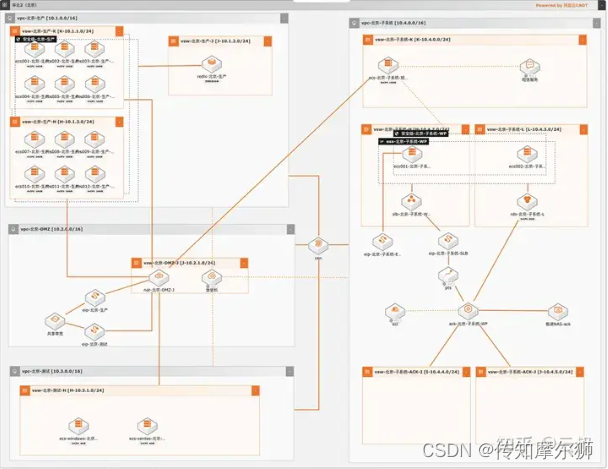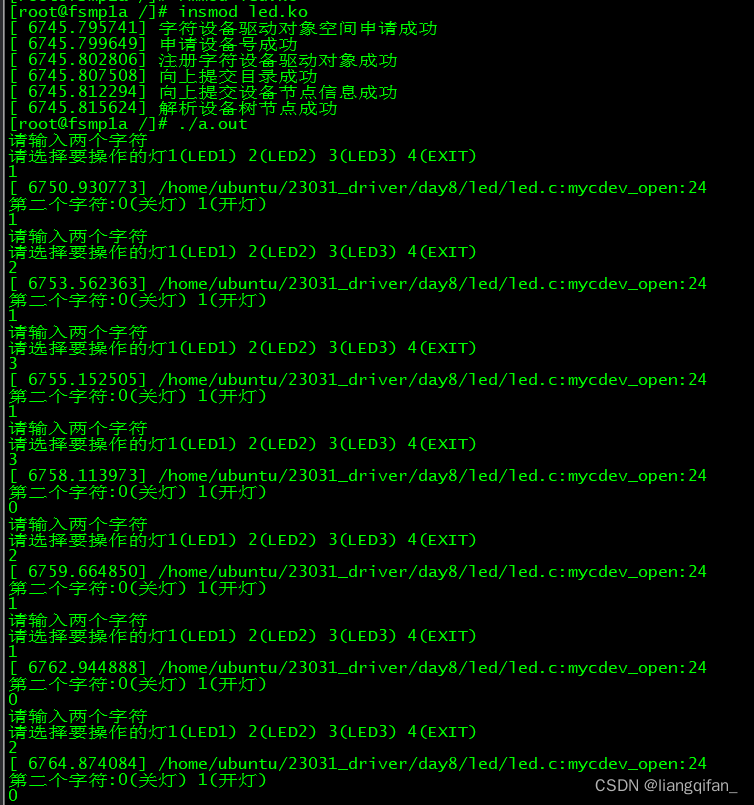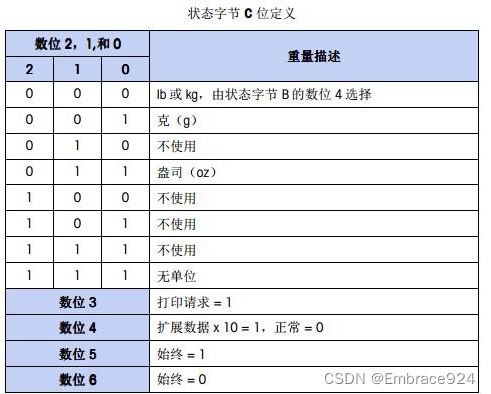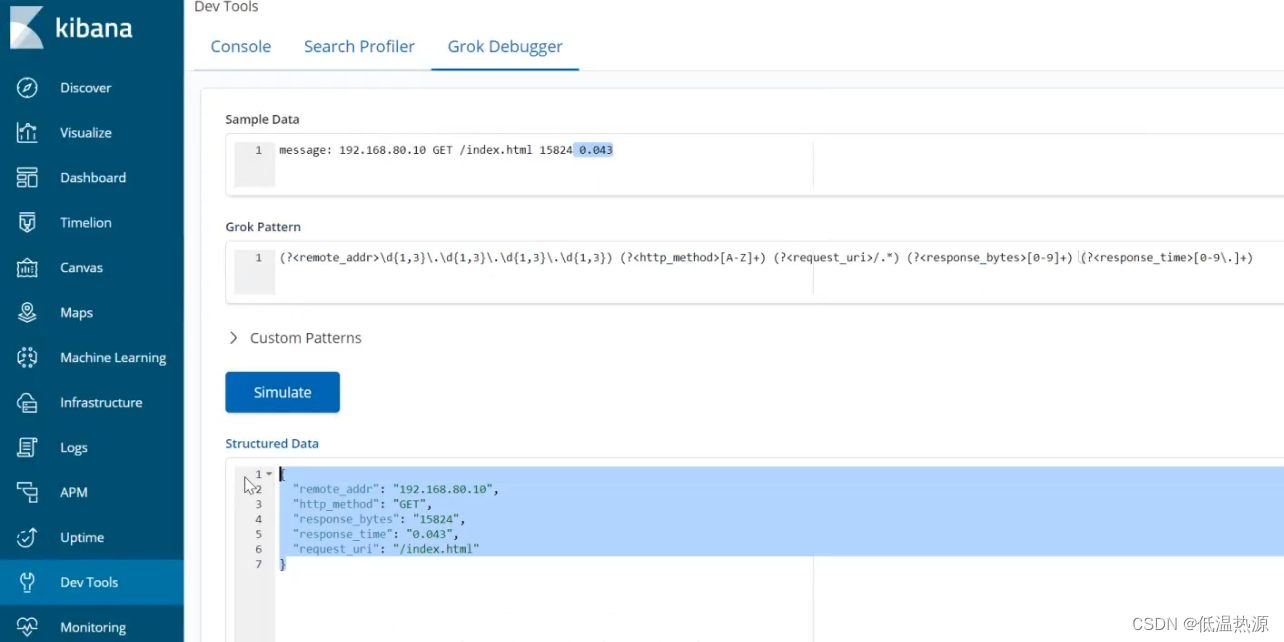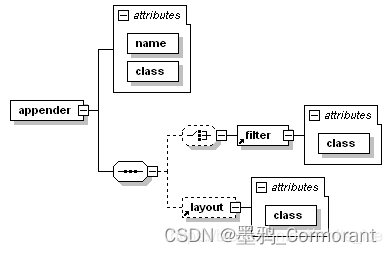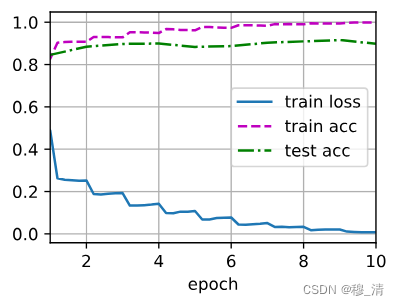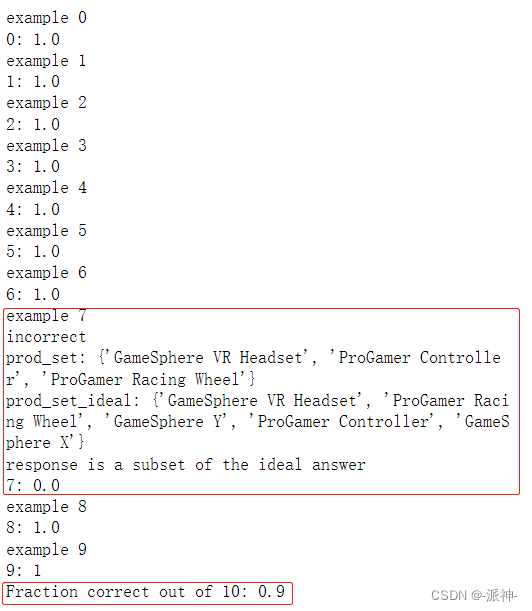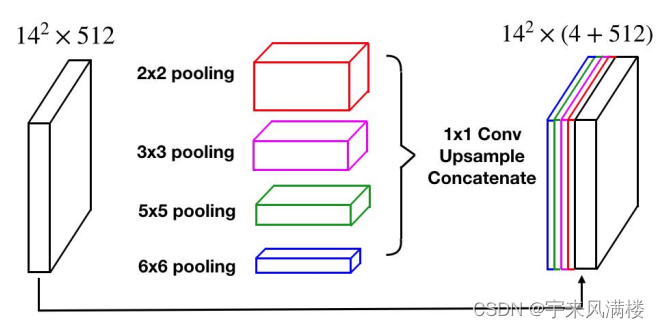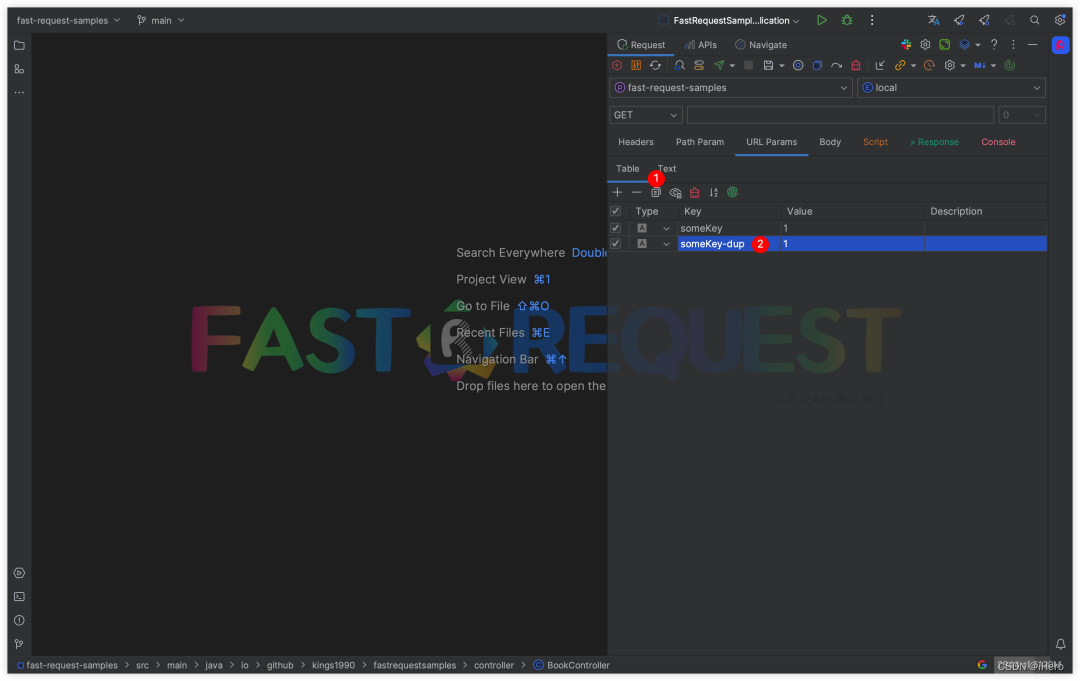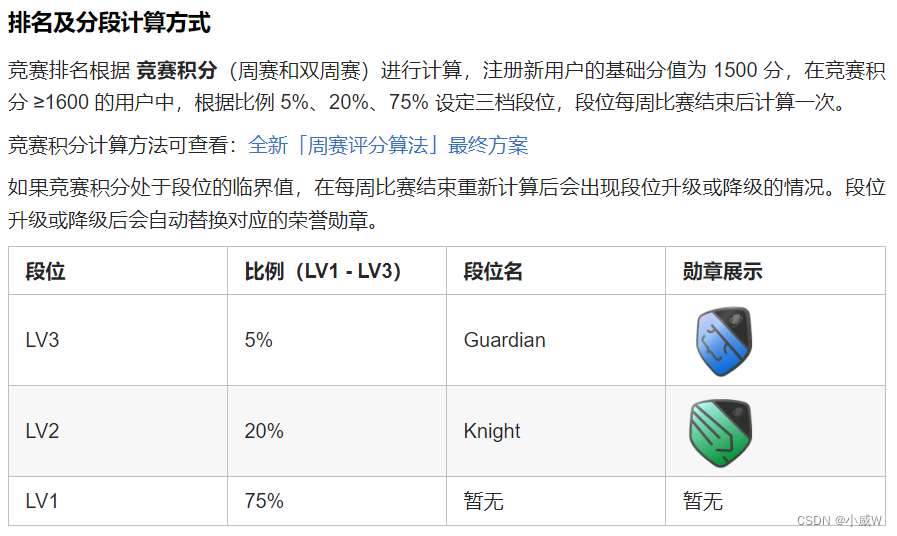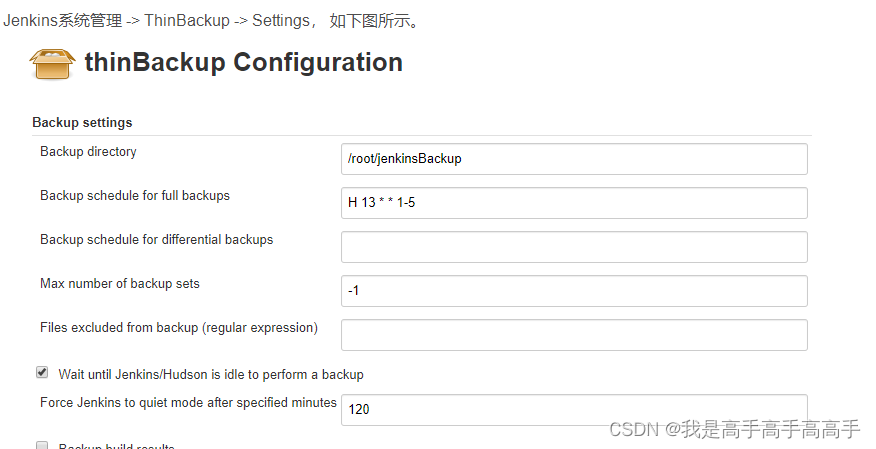单例模式(Singleton)
介绍
- 所谓类的单例设计模式,就是采取一定的方法,
保证在整个的软件系统中,对某个类只能存在一个对象实例,并且该类只提供一个取得其对象实例的方法(静态方法)。 - 比如Hibernate的SessionFactory,它充当数据存储源的代理,并负责创建Session对象。SessionFactory并不是轻量级的,一般情况下,一个项目通常只需要一个SessionFactory就够,这是就会使用到单例模式。
- 单例模式保证了系统内存中该类只存在一个对象,节省了系统资源,
对于一些需要频繁创建销毁的对象,使用单例模式可以提高系统性能 - 当想实例化一个单例类的时候,必须要记住使用相应的获取对象的方法,而不是使用new
- 单例模式使用的场景:
需要频繁的进行创建和销毁的对象、创建对象时耗时过多或耗费资源过多(即:重量级对象),但又经常用到的对象、工具类对象、频繁访问数据库或文件的对象(比如数据源、session工厂等)
单例模式的八种写法
- 饿汉式(静态常量)
- 饿汉式(静态代码块)
- 懒汉式(线程不安全)
- 懒汉式(线程安全,同步方法)
- 懒汉式(线程安全,同步代码块)
- 双重检查
- 静态内部类
- 枚举
饿汉式(静态常量)
步骤
- 构造器私有化(防止new)
- 类的内部创建对象
- 向外暴露一个静态的公共方法
- 代码实现
实现
package com.atguigu.singleton.type1;
public class SingletonTest01 {
public static void main(String[] args) {
//测试
Singleton instance = Singleton.getInstance();
Singleton instance2 = Singleton.getInstance();
System.out.println(instance == instance2); // true
System.out.println("instance.hashCode=" + instance.hashCode());
System.out.println("instance2.hashCode=" + instance2.hashCode());
}
}
//饿汉式(静态变量)
class Singleton {
//1. 构造器私有化, 外部不能new
private Singleton() {
}
//2.本类内部创建对象实例
private final static Singleton instance = new Singleton();
//3. 提供一个公有的静态方法,返回实例对象
public static Singleton getInstance() {
return instance;
}
}
【运行结果】
true
instance.hashCode=1554874502
instance2.hashCode=1554874502
Process finished with exit code 0
【分析】
- 优点:这种写法比较简单,就是在类装载的时候就完成实例化。避免了线程同步问题。
- 缺点:在类装载的时候就完成实例化,没有达到Lazy Loading的效果。如果从始至终从未使用过这个实例,则会造成内存的浪费
这种方式基于classloader机制避免了多线程的同步问题,不过,instance在类装载时就实例化,在单例模式中大多数都是调用get lnstance方法, 但是导致类装载的原因有很多种,因此不能确定有其他的方式(或者其他的静态方法) 导致类装载,这时候初始化instance就没有达到lazy loading的效果- 结论:
这种单例模式可用,可能造成内存浪费
饿汉式(静态代码块)
package com.atguigu.singleton.type2;
public class SingletonTest02 {
public static void main(String[] args) {
//测试
Singleton instance = Singleton.getInstance();
Singleton instance2 = Singleton.getInstance();
System.out.println(instance == instance2); // true
System.out.println("instance.hashCode=" + instance.hashCode());
System.out.println("instance2.hashCode=" + instance2.hashCode());
}
}
//饿汉式(静态变量)
class Singleton {
//1. 构造器私有化, 外部能new
private Singleton() {
}
//2.本类内部创建对象实例
private static Singleton instance;
static { // 在静态代码块中,创建单例对象
instance = new Singleton();
}
//3. 提供一个公有的静态方法,返回实例对象
public static Singleton getInstance() {
return instance;
}
}
static { // 在静态代码块中,创建单例对象
instance = new Singleton();
}
【分析】
- 这种方式和上面的方式其实类似,只不过将类实例化的过程放在了静态代码块中,也是在类装载的时候,就执行静态代码块中的代码,初始化类的实例。优缺点和上面是一样的
- 结论:这种单例模式可用,但是可能造成内存浪费
懒汉式(线程不安全)
package com.atguigu.singleton.type3;
public class SingletonTest03 {
public static void main(String[] args) {
System.out.println("懒汉式1 , 线程不安全~");
Singleton instance = Singleton.getInstance();
Singleton instance2 = Singleton.getInstance();
System.out.println(instance == instance2); // true
System.out.println("instance.hashCode=" + instance.hashCode());
System.out.println("instance2.hashCode=" + instance2.hashCode());
}
}
class Singleton {
private static Singleton instance;
private Singleton() {}
//提供一个静态的公有方法,当使用到该方法时,才去创建 instance
//即懒汉式
public static Singleton getInstance() {
if(instance == null) {
instance = new Singleton();
}
return instance;
}
}
【分析】
- 起到了Lazy Loading的效果,但是只能在单线程下使用
- 如果在多线程下,一个线程进入了if (singleton == null)判断语句块,还未来得及往下执行,另一个线程也通过了这个判断语句,这时便会产生多个实例。所以在多线程环境下不可使用这种方式
- 结论:在实际开发中,不要使用这种方式
懒汉式(线程安全,同步方法)
package com.atguigu.singleton.type4;
public class SingletonTest04 {
public static void main(String[] args) {
System.out.println("懒汉式2 , 线程安全~");
Singleton instance = Singleton.getInstance();
Singleton instance2 = Singleton.getInstance();
System.out.println(instance == instance2); // true
System.out.println("instance.hashCode=" + instance.hashCode());
System.out.println("instance2.hashCode=" + instance2.hashCode());
}
}
// 懒汉式(线程安全,同步方法)
class Singleton {
private static Singleton instance;
private Singleton() {
}
//提供一个静态的公有方法,加入同步处理的代码,解决线程安全问题
//即懒汉式
public static synchronized Singleton getInstance() {
if (instance == null) {
instance = new Singleton();
}
return instance;
}
}
添加synchronized关键字,这样子当一个线程在执行这个方法的时候,其他线程不能执行这个方法
【分析】
- 解决了线程不安全问题
- 效率太低了,每个线程在想获得类的实例时候,执行getlnstance()方法都要进行同步。而其实这个方法只执行一次实例化代码就够了,后面的想获得该类实例,直接return就行了。方法进行同步效率太低
- 结论:在实际开发中,不推荐使用这种方式
懒汉式(线程安全,同步代码块)
class Singleton {
private static Singleton instance;
private Singleton() {
}
public static Singleton getInstance() {
if (instance == null) {
synchronized(Singleton.class){
instance = new Singleton();
}
}
return instance;
}
}
【分析】
- 这种方式,本意是想对第四种实现方式的改进,因为前面同步方法效率太低改为同步产生实例化的的代码块
- 但是这种同步并不能起到线程同步的作用。跟第3种实现方式遇到的情形一致,假如一个线程进入了if(singleton == nul)判断语句块,还未来得及往下执行另一个线程也通过了这个判断语句,这时便会产生多个实例
- 结论:在实际开发中,不能使用这种方式
双重检查(推荐使用)
package com.atguigu.singleton.type6;
public class SingletonTest06 {
public static void main(String[] args) {
System.out.println("双重检查");
Singleton instance = Singleton.getInstance();
Singleton instance2 = Singleton.getInstance();
System.out.println(instance == instance2); // true
System.out.println("instance.hashCode=" + instance.hashCode());
System.out.println("instance2.hashCode=" + instance2.hashCode());
}
}
class Singleton {
//volatile:在Java中,volatile关键字可以保证变量的内存可见性。
//当一个变量被声明为volatile时,编译器和处理器会注意到这个变量可能会被其他线程并发地访问。
//这样可以避免线程之间的数据竞争,并确保多线程环境下变量的值是最新的。
private static volatile Singleton instance;
private Singleton() {
}
//提供一个静态的公有方法,加入双重检查代码,解决线程安全问题, 同时解决懒加载问题
//同时保证了效率, 推荐使用
public static Singleton getInstance() {
if (instance == null) {
synchronized (Singleton.class) {
if (instance == null) {
instance = new Singleton();
}
}
}
return instance;
}
}
保证只有一个线程创建实例
synchronized (Singleton.class) {
if (instance == null) {
instance = new Singleton();
}
}
【分析】
- Double-Check概念是多线程开发中常使用到的,如代码中所示,我们进行了两次if (singleton == null)检查,这样就可以保证线程安全了
- 这样,实例化代码只用执行一次,后面再次访问时,判断if (singleton == null)直接return实例化对象,也避免的反复进行方法同步
- 线程安全;延迟加载;效率较高
- 在实际开发中,推荐使用这种单例设计模式
静态内部类(推荐使用)
package com.atguigu.singleton.type7;
public class SingletonTest07 {
public static void main(String[] args) {
System.out.println("使用静态内部类完成单例模式");
Singleton instance = Singleton.getInstance();
Singleton instance2 = Singleton.getInstance();
System.out.println(instance == instance2); // true
System.out.println("instance.hashCode=" + instance.hashCode());
System.out.println("instance2.hashCode=" + instance2.hashCode());
}
}
// 静态内部类完成, 推荐使用
class Singleton {
//构造器私有化
private Singleton() {}
//写一个静态内部类,该类中有一个静态属性 Singleton
private static class SingletonInstance {
private static final Singleton INSTANCE = new Singleton();
}
//提供一个静态的公有方法,直接返回SingletonInstance.INSTANCE
public static Singleton getInstance() {
return SingletonInstance.INSTANCE;
}
}
private static class SingletonInstance {
private static final Singleton INSTANCE = new Singleton();
}
【分析】
- 当加载类的时候,静态内部类是不会被加载的,调用getInstance()时,静态内部类才会被装载,而且只会装载一次
- 这种方式采用了类装载的机制来保证初始化实例时只有一个线程
- 静态内部类方式在Singleton类被装载时并不会立即实例化,而是在需要实例化时,调用getInstance方法,才会装载Singletonlnstance类,从而完成Singleton的实例化
- 类的静态属性只会在第一次加载类的时候初始化,所以在这里,JVM帮助我们保证了线程的安全性,在类进行初始化时,别的线程是无法进入的
- 优点:
避免了线程不安全,利用静态内部类特点实现延迟加载,效率高 - 结论:推荐使用
枚举(推荐使用,而且很方便)
package com.atguigu.singleton.type8;
public class SingletonTest08 {
public static void main(String[] args) {
Singleton instance = Singleton.INSTANCE;
Singleton instance2 = Singleton.INSTANCE;
System.out.println(instance == instance2);
System.out.println(instance.hashCode());
System.out.println(instance2.hashCode());
instance.sayOK();
}
}
//使用枚举,可以实现单例, 推荐
enum Singleton {
INSTANCE; //属性
public void sayOK() {
System.out.println("ok~");
}
}
【运行】
true
1554874502
1554874502
ok~
【分析】
- 这借助JDK1.5中添加的枚举来实现单例模式。不仅能避免多线程同步问题,而且还能防止反序列化重新创建新的对象
- 这种方式是Effective Java作者Josh Bloch 提倡的方式
单例模式在JDK中的应用
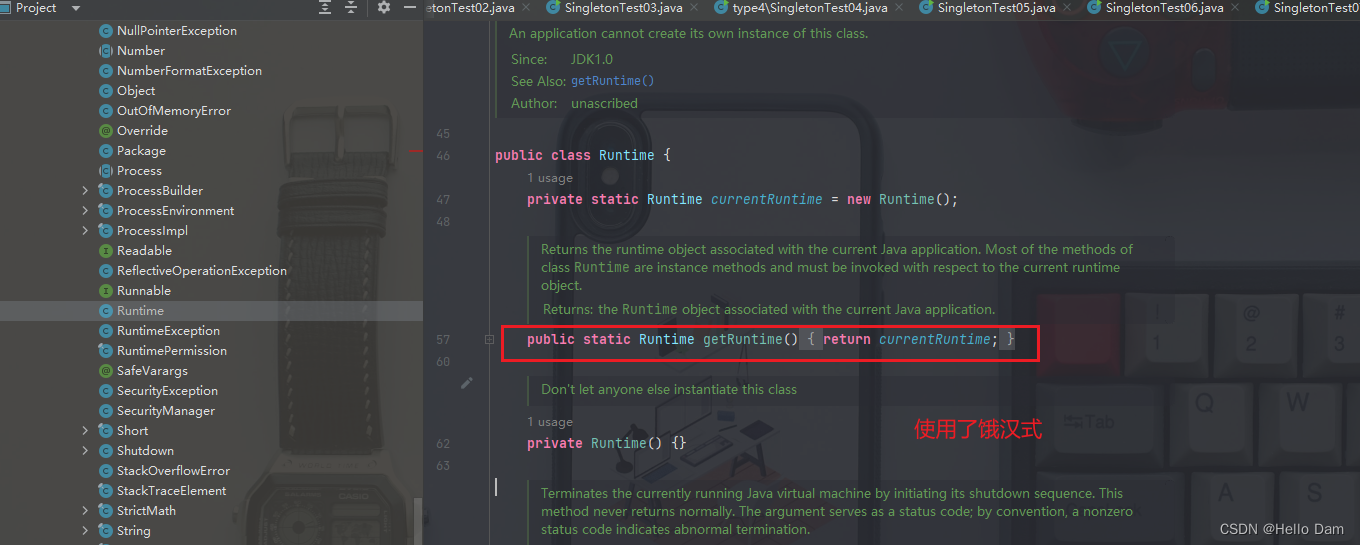
联系
案例:3例模式
【题目】
请编写Triple类,实现最多只能生成3个Triple类的实例,实例编号分别为0,1,2且可以通过getInstance(int id)来获取该编号对应的实例(题目来源于《图解设计模式》)
【代码实现】
public class Triple {
private static volatile Triple[] arr = new Triple[3];
private Triple() {
}
public static Triple getInstance(int index) {
if (index >= arr.length) {
throw new RuntimeException("索引超出,示例数量只有" + arr.length + "个");
}
if (arr[index] == null) {
synchronized (Triple.class) {
if (arr[index] == null) {
arr[index] = new Triple();
}
}
}
return arr[index];
}
}
public class TripleMain {
public static void main(String[] args) {
System.out.println("Start.");
for (int i = 0; i < 9; i++) {
Triple triple = Triple.getInstance(i % 3);
System.out.println(i + ":" + triple);
}
System.out.println("End.");
}
}
【运行】
Start.
0:com.atguigu.singleton.A2.Triple@5cad8086
1:com.atguigu.singleton.A2.Triple@6e0be858
2:com.atguigu.singleton.A2.Triple@61bbe9ba
3:com.atguigu.singleton.A2.Triple@5cad8086
4:com.atguigu.singleton.A2.Triple@6e0be858
5:com.atguigu.singleton.A2.Triple@61bbe9ba
6:com.atguigu.singleton.A2.Triple@5cad8086
7:com.atguigu.singleton.A2.Triple@6e0be858
8:com.atguigu.singleton.A2.Triple@61bbe9ba
End.
文章说明
本文章为本人学习尚硅谷的学习笔记,文章中大部分内容来源于尚硅谷视频(点击学习尚硅谷相关课程),也有部分内容来自于自己的思考,发布文章是想帮助其他学习的人更方便地整理自己的笔记或者直接通过文章学习相关知识,如有侵权请联系删除,最后对尚硅谷的优质课程表示感谢。




